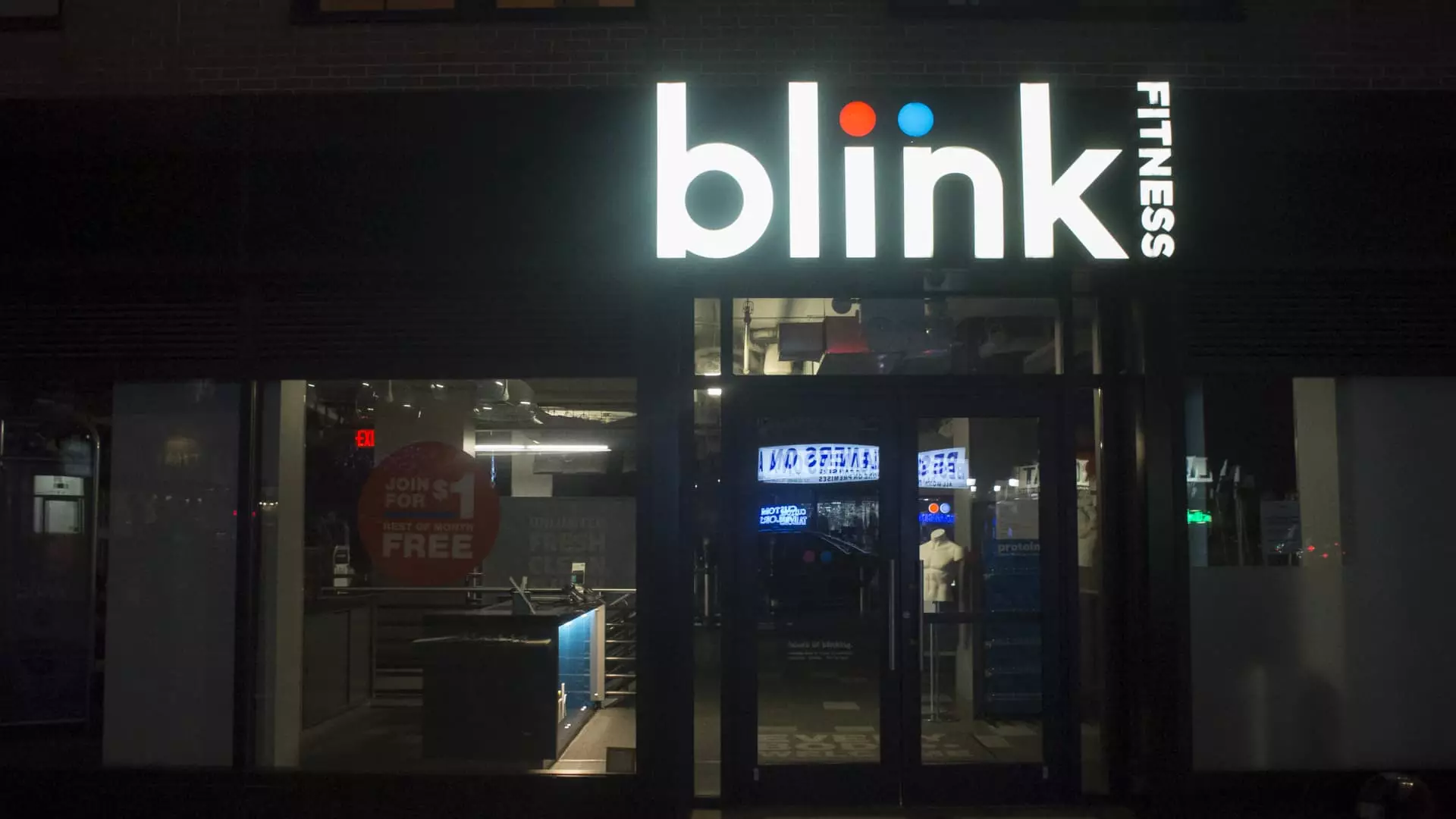In recent news, Blink Fitness, a popular budget-friendly gym chain owned by Equinox Group, has officially filed for Chapter 11 bankruptcy protection. This move comes after a wave of financial struggles faced by fitness companies in the wake of the COVID-19 pandemic. Blink Fitness, which currently operates over 100 centers in the United States, joins the ranks of other industry giants like New York Sports Club, 24 Hour Fitness, and Gold’s Gym in seeking bankruptcy as a means of restructuring their financial obligations.
The Business Plan Moving Forward
Despite the bankruptcy filing, Blink Fitness intends to continue operating its fitness centers during the sale process. The company has revealed that its assets are valued at $100 million, while its liabilities amount to $500 million. This decision was made by the Board and management team as a strategic move to optimize Blink Fitness’s operations and pave a path towards a successful sale of the business. Guy Harkless, the CEO and president of Blink Fitness, emphasized the goal of strengthening the company’s financial foundation for long-term success.
Equinox Group’s Financial Strategies
Equinox Group, the luxury fitness company that owns Blink Fitness, has been taking proactive steps to secure its financial stability. In a recent funding round, Equinox raised $1.8 billion to refinance its $1.2 billion debt. The company, which boasts a portfolio of high-end fitness brands like SoulCycle and Pure Yoga, reported a 27% revenue increase in 2023 and noted that membership levels are almost back to pre-pandemic levels. Equinox’s plans for expansion include opening more than two dozen new locations globally. Additionally, the company introduced a $40,000 annual gym membership geared towards its affluent clientele to further improve its financial standing.
Recent data from a CNBC/Generation Lab Youth and Money Poll revealed interesting insights into fitness spending habits among Americans aged 18 to 34. The poll showed that approximately one-third of respondents in this demographic spend between $1 and $50 per month on exercise and fitness, while 47% reported spending nothing at all. This data underscores the varying financial priorities individuals have when it comes to fitness and highlights the importance of offering affordable options in the industry.
Blink Fitness, known for its budget-friendly membership fees ranging from $17 to $39 per month, faces competition from other gym chains like Planet Fitness. Planet Fitness recently increased its base membership price to $15 per month and reported a 7% year-over-year growth in membership to nearly 20 million members. The success of Planet Fitness in attracting a larger member base indicates the demand for affordable fitness options in the market, despite the challenges faced by some industry players.
The bankruptcy filing by Blink Fitness reflects the broader financial pressures experienced by fitness companies in a post-pandemic world. As the industry navigates through these challenges, it is essential for businesses to adapt their strategies and offerings to meet the evolving needs of consumers while ensuring long-term financial sustainability.


Leave a Reply